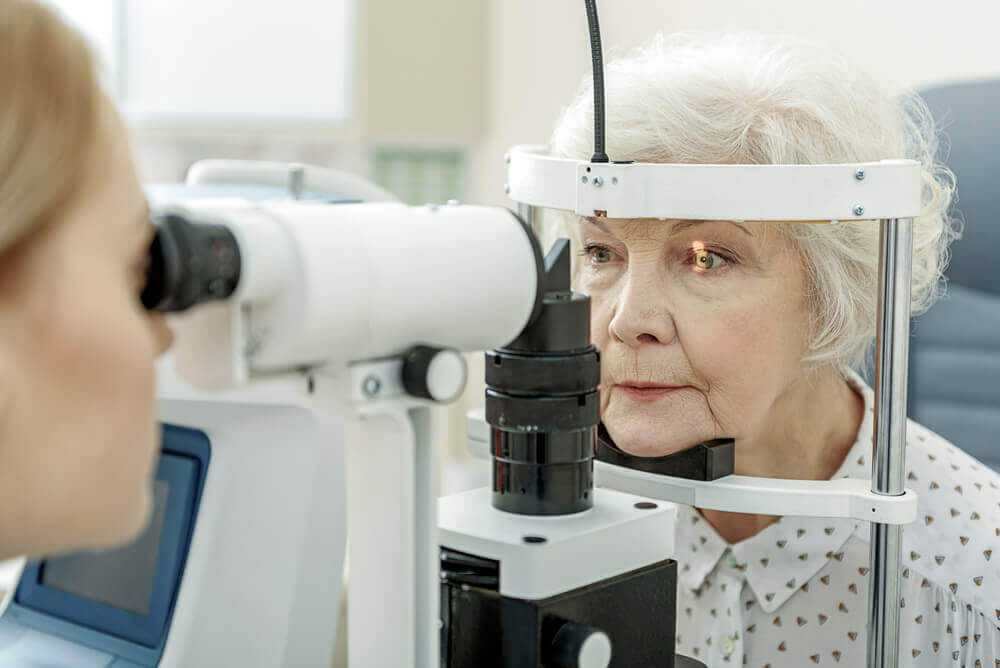What Is the Role of an Optometrist?
An optometrist is able to diagnose and treat various eye diseases and vision problems and is able to prescribe many common treatments to correct vision issues:
- contact lenses
- medications to treat eye conditions
eyeglasses - low vision treatments

Optometrist vs. Ophthalmologist
Optometrists are sometimes confused with another eye care specialist, an ophthalmologist. While they both provide care to eyes, there are specific differences between the two eye health professionals:
- Optometrists aren’t qualified or licensed to perform eye surgery, but will refer a patient to an ophthalmologist to identify issues that may require surgery.
- Ophthalmologists are medical doctors and are doctors of osteopathy, attended medical school, and are qualified to treat and diagnose conditions that affect the eye, and vision, and perform surgery.
What Do Optometrists Treat?
An optometrist is qualified to treat and diagnose a range of common eye health and vision issues:
- Myopia, or nearsightedness: a common vision disorder that affects a person’s sense of distance by not being able to see objects far.
- Hyperopia, or farsightedness: a common vision disorder that affects a person’s sense of distance by blurring objects when things are close.
- Astigmatism: a condition where a part of the eye is curved more than it should be and makes for blurry vision.
- Diplopia, or double vision: either temporary or a symptom of a more serious issue, when a person sees double.
- Presbyopia: loss of clear up-close vision, age-related.
- Retina issues
- Color blindness: being unable to see colors correctly, having trouble seeing the difference between certain colors or shades, unable to perceive the brightness of colors correctly.
- Eye infections
- Eye inflammation
- Cataracts: cloudy areas that develop on the eye’s lens causing blurry vision and glare
- Glaucoma: a group of eye disorders that damage the optic nerve
- Macular Degeneration: an age-related retinal condition that can cause some vision loss.






